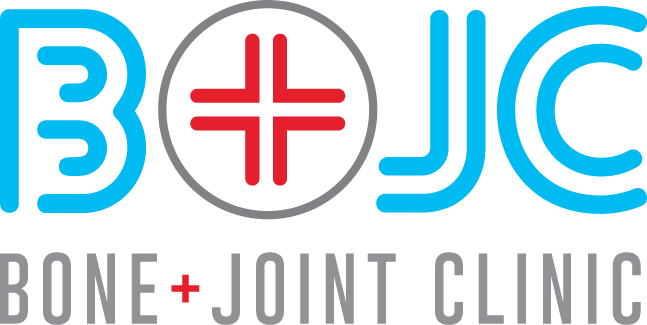What is Viscosupplementation?
Viscosupplementation refers to the injection of a thick gel like substance into an arthritic joint in an attempt to improve pain and, secondarily, improve function.
The commercially available substances contain as their primary active agent a substance called hyaluronic acid or hyaluronate. Hyaluronate is produced normally by the lining cells of the joint and acts to lubricate the joint and offload the cartilage. It is thought that it may also neutralise or down regulate pain mediators in the joint. There are many different preparations available including synvisc, durolane and euflexxa. The dose of hyaluronate and the minor agents in the preparation differ slightly.
Initially viscosupplementation was used in the knee joint but its indications are extending and it is now commonly used in the hip joint. It may also be indicated for shoulder arthritis and ankle joint arthritis.
The reported benefit of the injection is, on average, a 30% improvement in pain for 6-18 months. The benefit and the duration of effect are somewhat linked to the severity of the arthritis with more severe cases of arthritis typically getting less benefit. It may take 4 weeks for the effects to start to be realised and maximal benefit is seen 8-12 weeks post injection. The reason for this delay is that the injection stimulates the joint lining to produce more abundant synovial fluid and this production takes time to build up.
The risks of the injection are minimal but include a roughly 1 in 1000 risk of infection. Synvisc contains some animal (chicken) products and may produce and inflammatory response in the joint in those with allergies to poultry. It is also avoided in people with personal objections to the use of substances containing animal products.
If you would like to discuss the usefulness of viscosupplementation in the treatment of your arthritis please contact me at The Bone and Joint Clinic.
